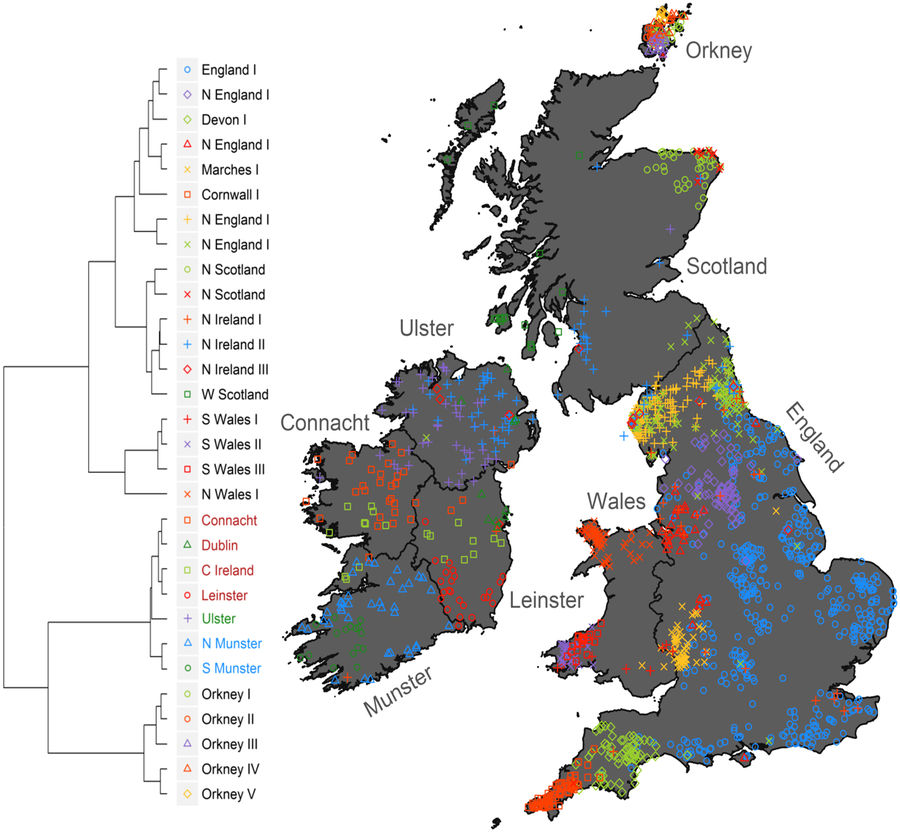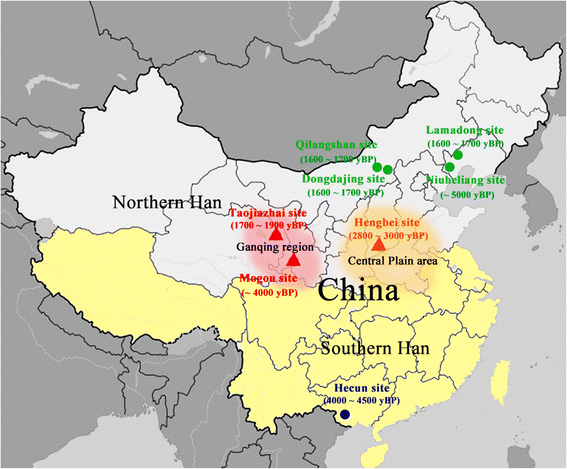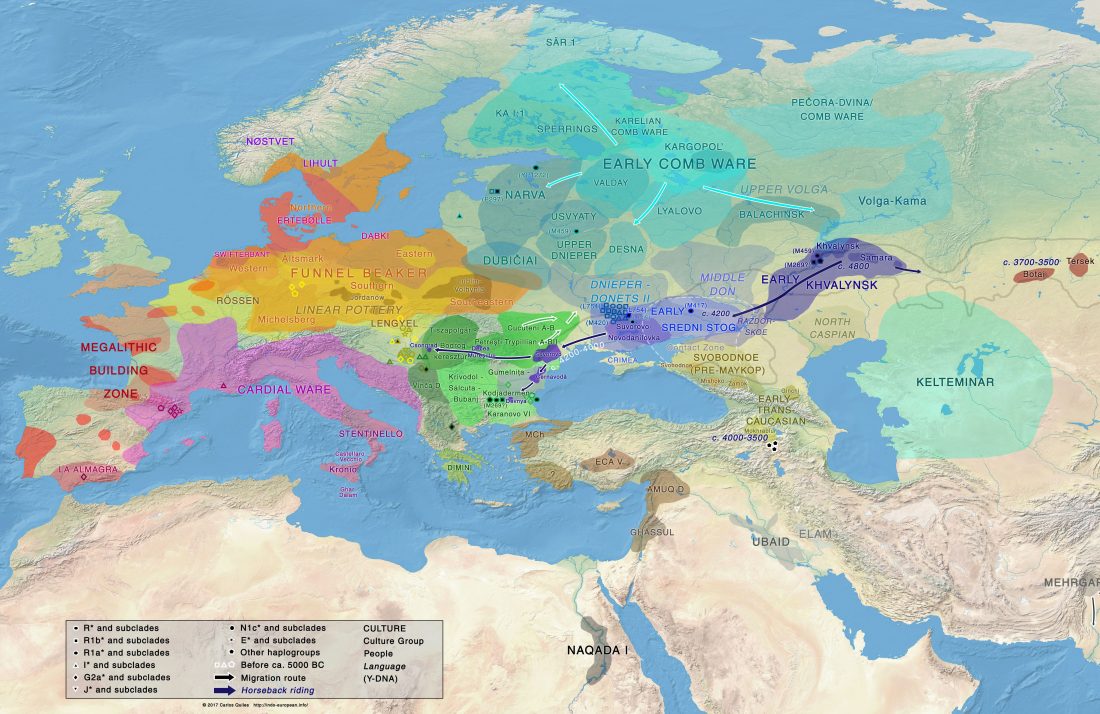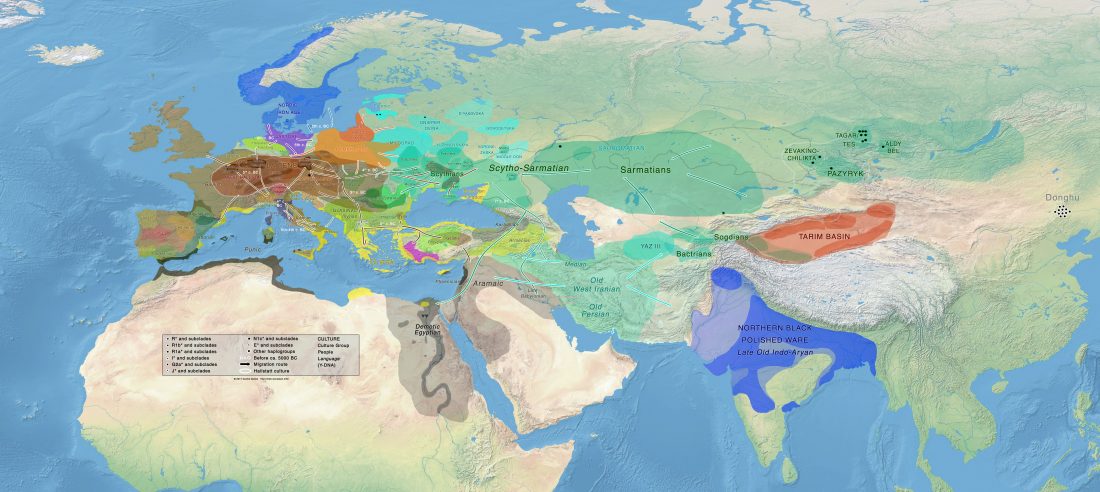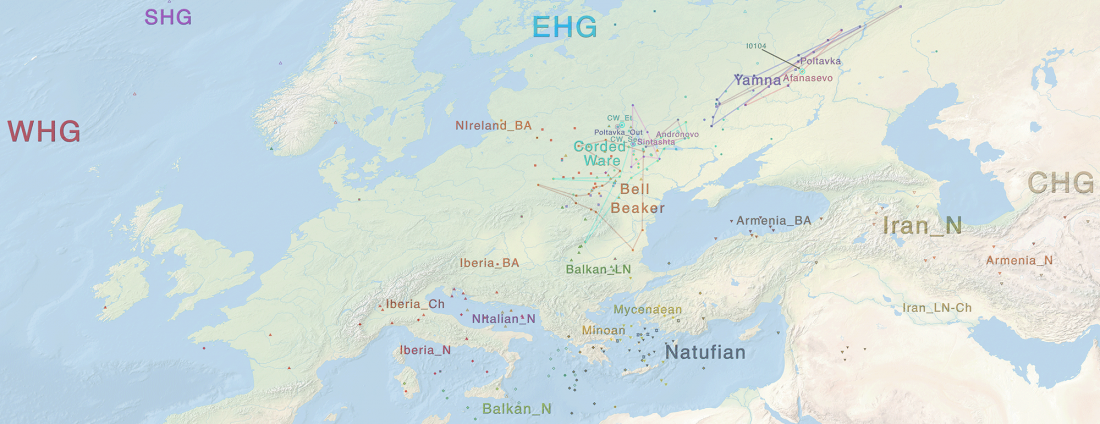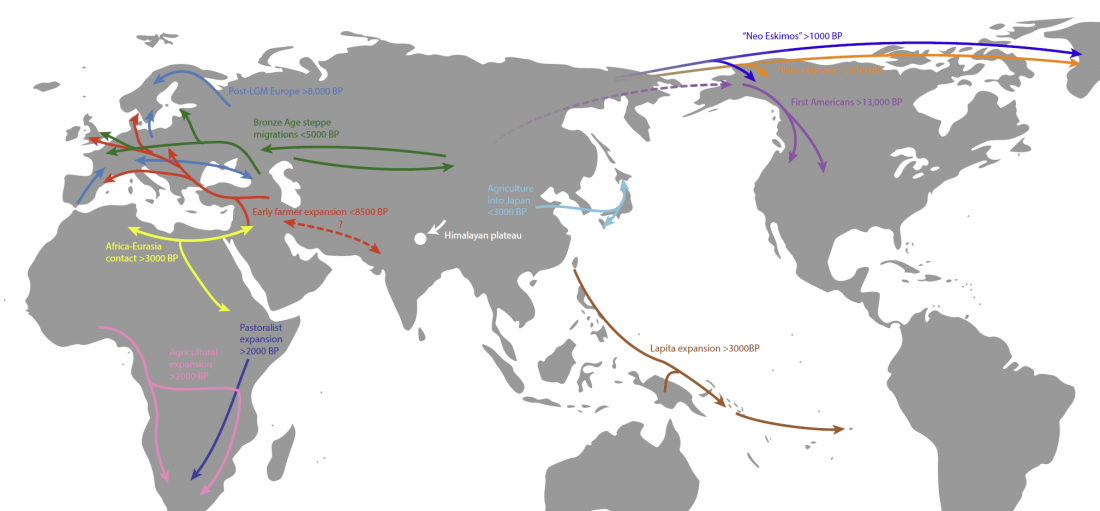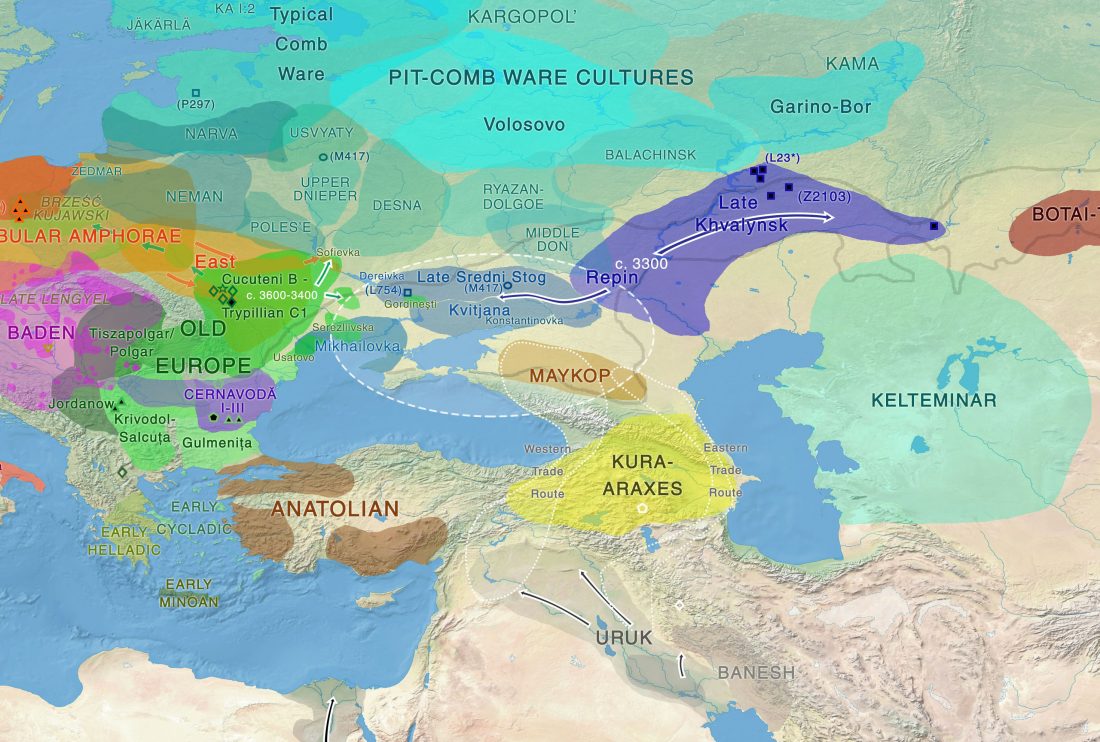Interesting and related publications, now appearing in pairs…
1. The Irish DNA Atlas: Revealing Fine-Scale Population Structure and History within Ireland, by Gilbert et al., in Scientific Reports (2017).
Abstract:
… Read the rest “Migrations painted by Irish and Scottish genetic clusters, and their relationship with British and European ones”The extent of population structure within Ireland is largely unknown, as is the impact of historical migrations. Here we illustrate fine-scale genetic structure across Ireland that follows geographic boundaries and present evidence of admixture events into Ireland. Utilising the ‘Irish DNA Atlas’, a cohort (n = 194) of Irish individuals with four generations of ancestry linked to specific regions in Ireland, in combination with 2,039 individuals from the
